What are PP-R Pipes?
PP-R pipes, also called Polypropylene plastic pipes, are plastic pipe segments with a ceramic coating. Although their use is relatively new, PP-R pipes are already used in many multimillion-dollar industries, including the oil and gas, chemicals, and food industries. PP-R pipes are made of high-density polyethylene that is then coated with a ceramic coating. This coating is mainly used to prevent corrosion. The coating protects the pipe from bacteria and fungi, making it an ideal choice for applications with high water usage and/or high temperatures. PP-R pipes can be manufactured in both cast and extruded varieties. The cast variety is made by pouring the desired amount of resin into a mold, which is then cured to create the desired shape. The extruded variety is made by cutting the PP-R pipe into desired lengths and then extruding the PP-R material to create the desired diameter. In both cast and extruded varieties, the outer wall thickness depends on the desired strength and can range from 2mm – 10mm. Both PP-R cast and extruded pipes are available in various configurations, including straight, elbow, and flare.

PP-R Benefits
- Corrosion resistance - PP-R pipes offer better corrosion resistance than iron pipes. A PP-R pipe can last up to 50 years without the need for repainting. - Heat resistance - PP-R pipes are able to withstand high temperatures. This is especially useful in industries that process food and beverages, such as restaurants and breweries. - Bacteria and fungi resistance - Since PP-R pipes don’t have any joints, they are not susceptible to bacterial and fungal growth. - Impact resistance - PP-R pipes have better impact resistance than iron pipes. This means that your plumbing system can be used for high-pressure water distribution systems. - Noise reduction - PP-R pipes come with a noise reduction feature that reduces the sound of water flowing through the pipes. This is ideal for residential and commercial applications. - Cost savings - PP-R pipes are more expensive compared to iron pipes. However, you can enjoy the many benefits of a longer-lasting, corrosion-free pipe.
PP-R Disadvantages
- Installation - PP-R pipes are only used in cast-hose systems. So if you have a fully automatic water system, this pipe is not for you. - Maintenance - Since PP-R pipes don’t have joints, they are susceptible to joint cracking. This can cause water leaks, but it can also happen when the pipes are too cold. To prevent this, you can set your water heater’s thermostat to 70°F – 80°F. - Risk of corrosion - If the water system where PP-R pipes are used is not maintained regularly, the pipes can corrode. This is because the galvanized coating doesn’t offer good protection against oxidation. - Cost considerations - Although PP-R pipes can last longer than iron pipes, they can also be more costly.

PP-R Types
- Cast-hose: This is the most commonly used type of PP-R pipe. It is made of a PP-R cast pipe, which comes in various configurations, and a PP-R hose, which is made of polyethylene. - Extruded-hose: Compared to cast-hose pipes, extruded-hose pipes have a finer mesh and can therefore deliver water at a higher flow rate. They are also able to resist pressure better. - Flared-hose: PP-R flared-hose has a flared end that makes it easier to install in tight spaces. It is also resistant to bacteria and fungus growth.
Final Words about PP-R hot water system
PP-R pipes are ideal for applications that require high-temperature resistance and are resistant to corrosion. With their longer lifespan, you can rest assured that your P-traps for hot water supply are safe and secure for many years. You can use these pipes for gas, oil, food, potable water, and many other applications. The only limitation is your imagination.



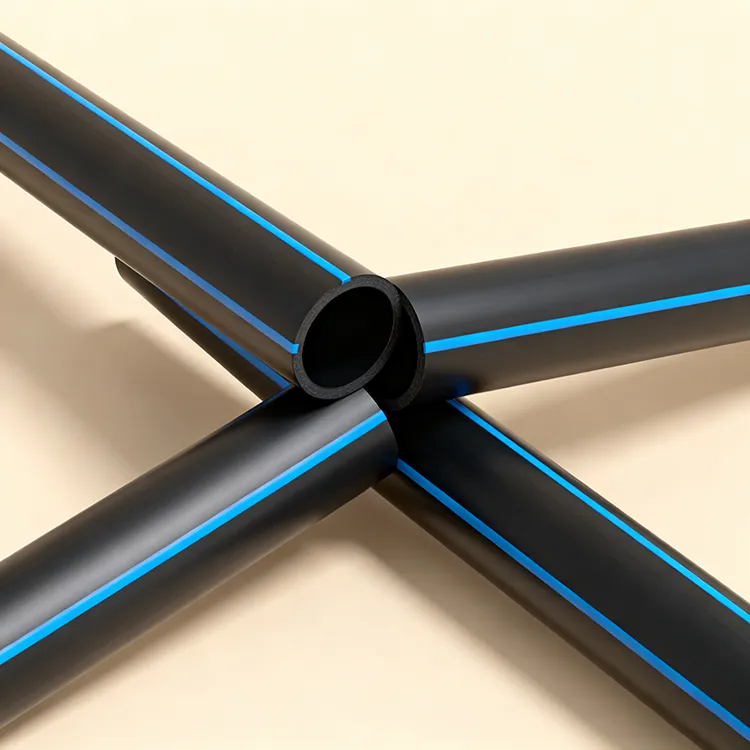
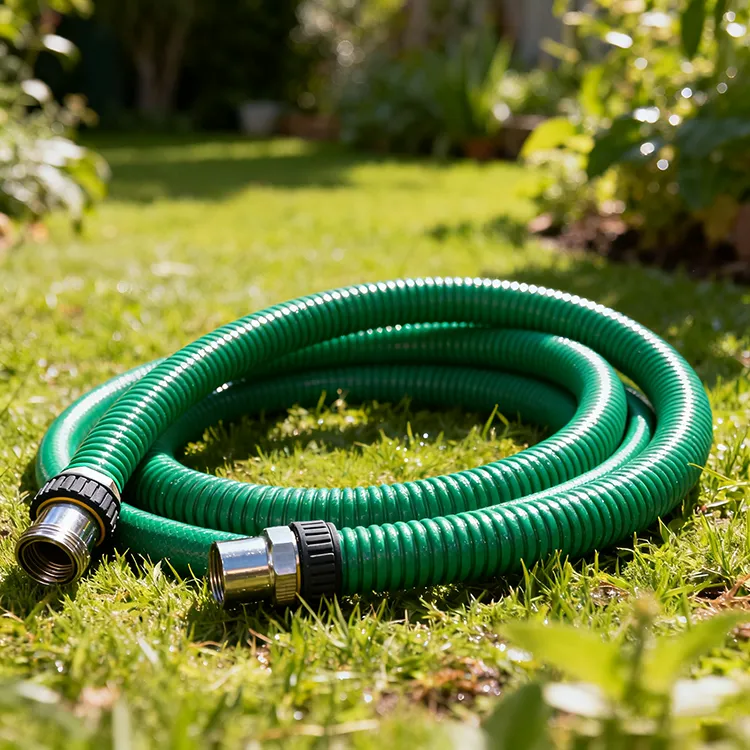

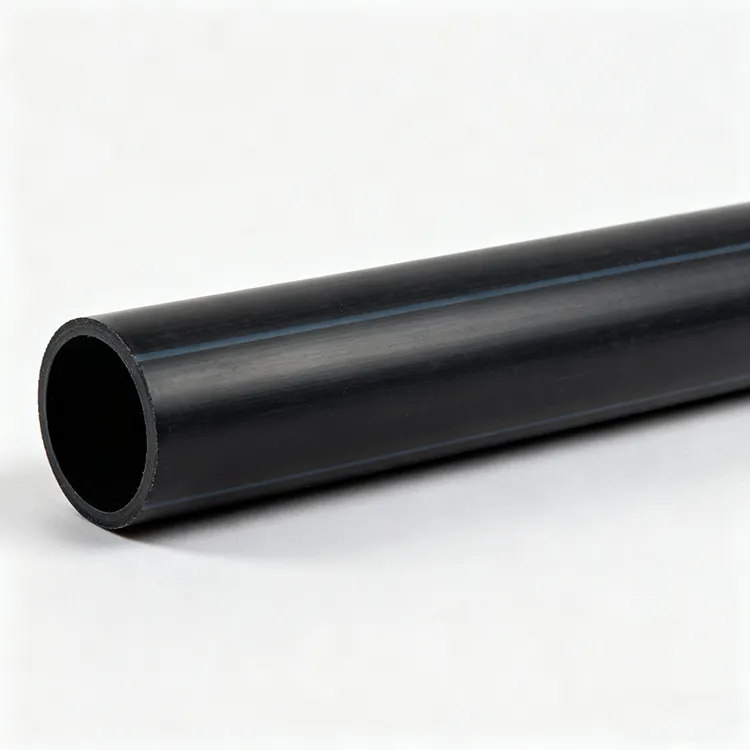
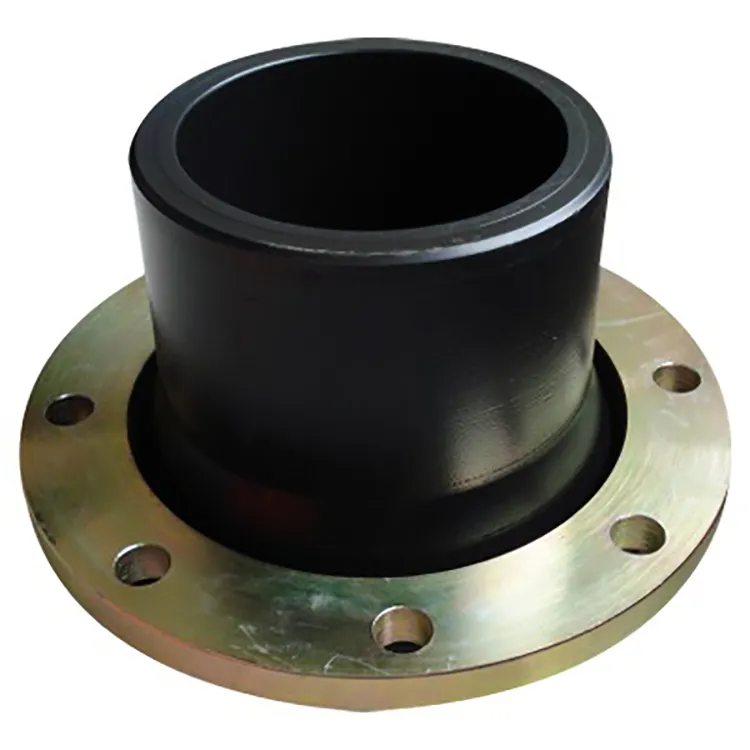


659.webp)
210.webp)
328.webp)
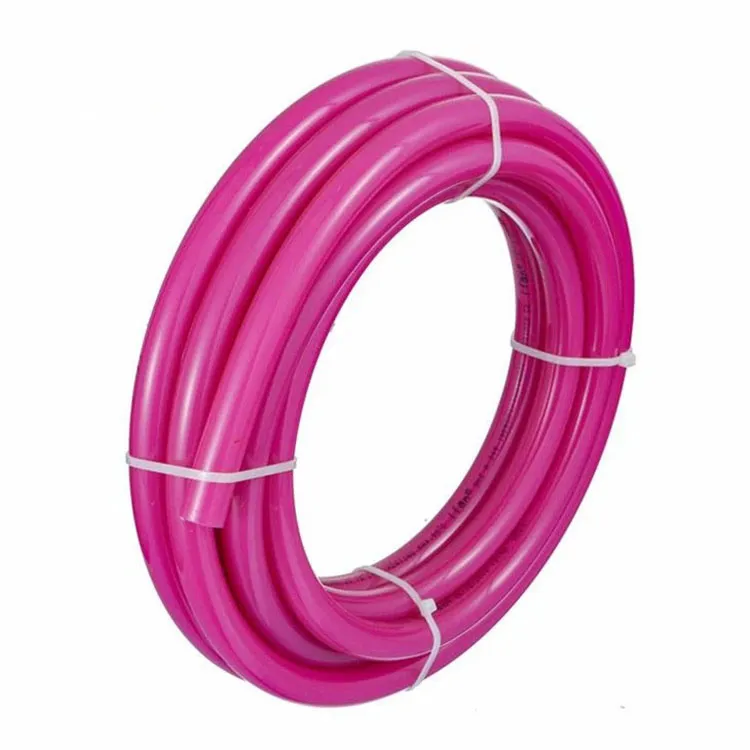
294.webp)
476.webp)


